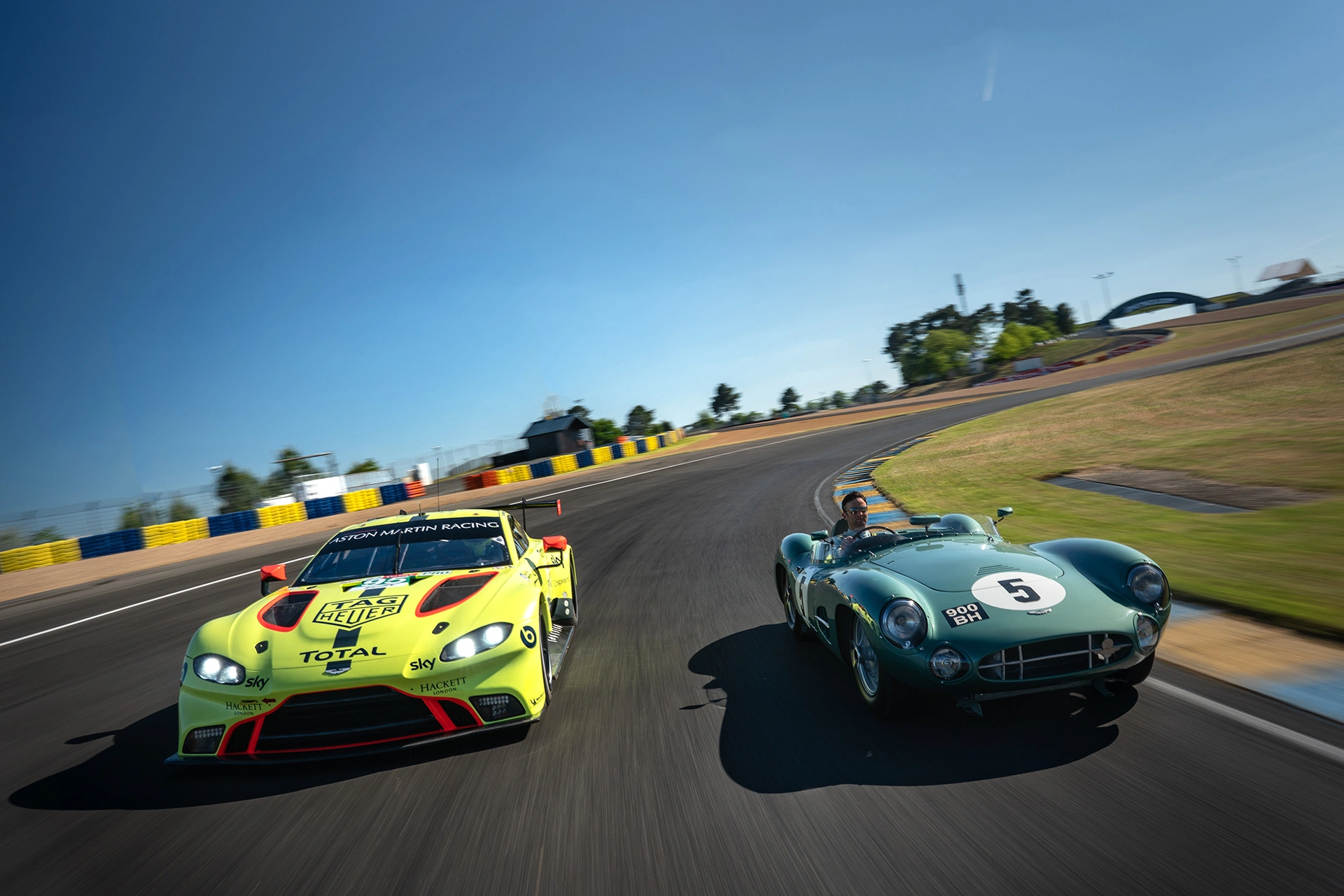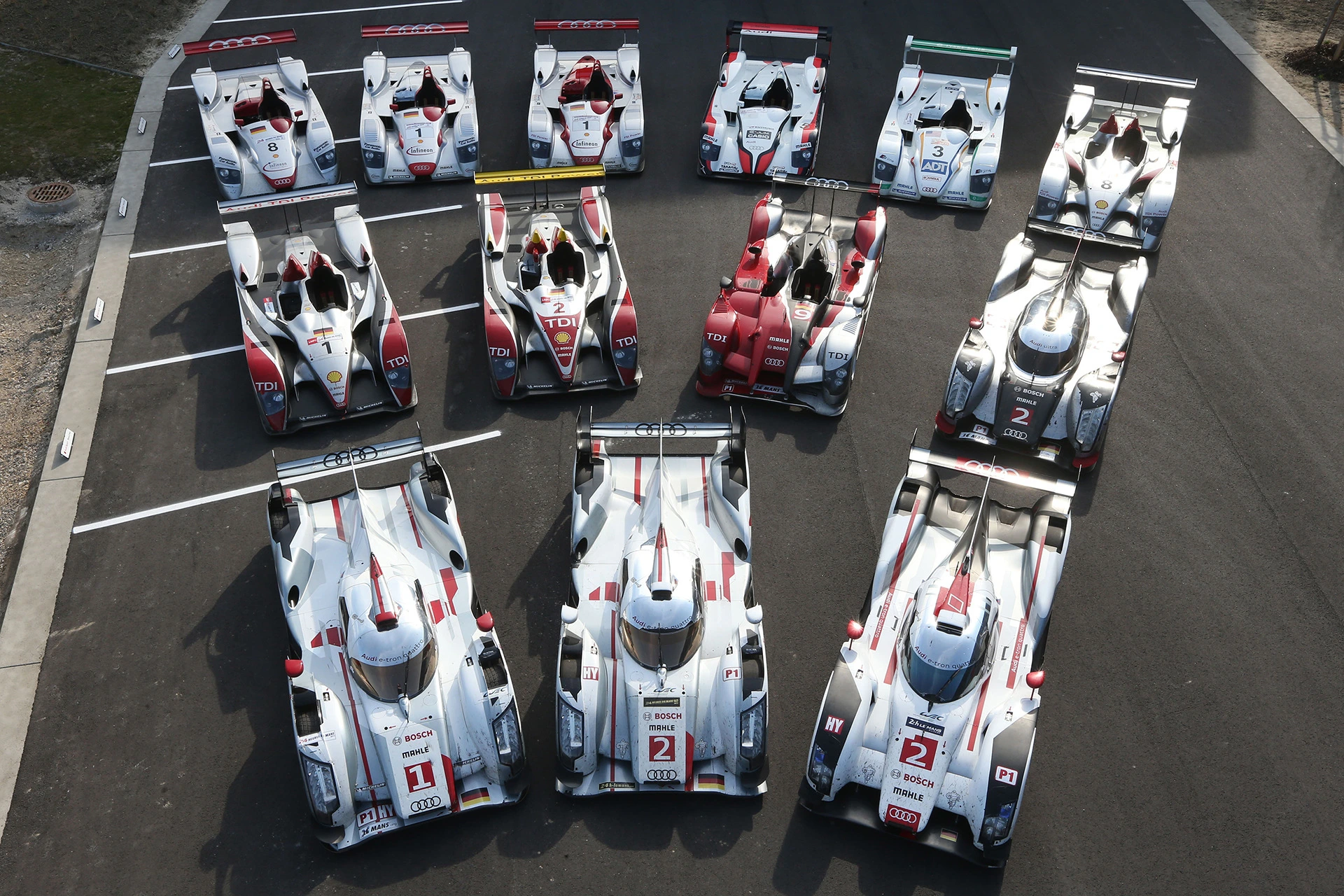Le Mans Yesterday and Today: Aston Martin
30 November 2024 8 min read 9 images

Photo credit: 24 Hours of Le Mans, Aston Martin, Wheelsage
Aston Martin, despite having only achieved one overall victory at the 24 Hours of Le Mans, holds an important place in the event's chronicles for its fierce battles with rivals like Ferrari, Jaguar, and Mercedes. Its debut at the Circuit de la Sarthe dates back to 1928, when the withdrawal of its two cars proved to be a valuable lesson. By 1931, Aston Martin claimed its first class win in the under-1500cc category. In 1935, the British manufacturer secured its first podium with the Ulster driven by Charles EC Martin and Charles Brackenbury.
Register to unlock this article
Signing up is free and gives you access to hundreds of articles and additional benefits. See what’s included in your free membership. See what's included in your free membership.
Already have an account? Log In


